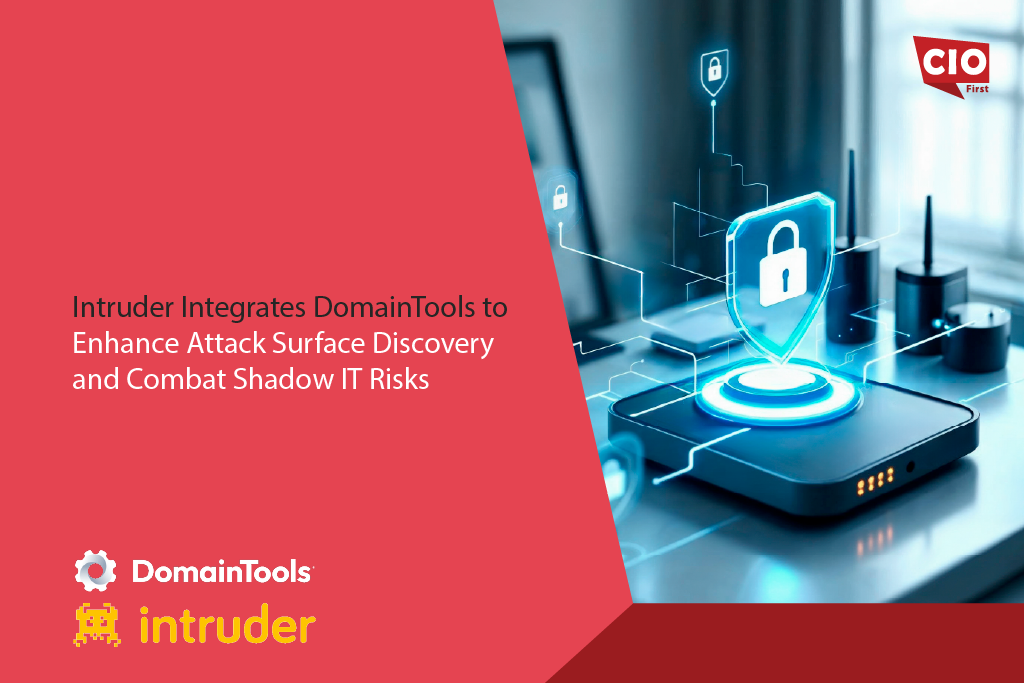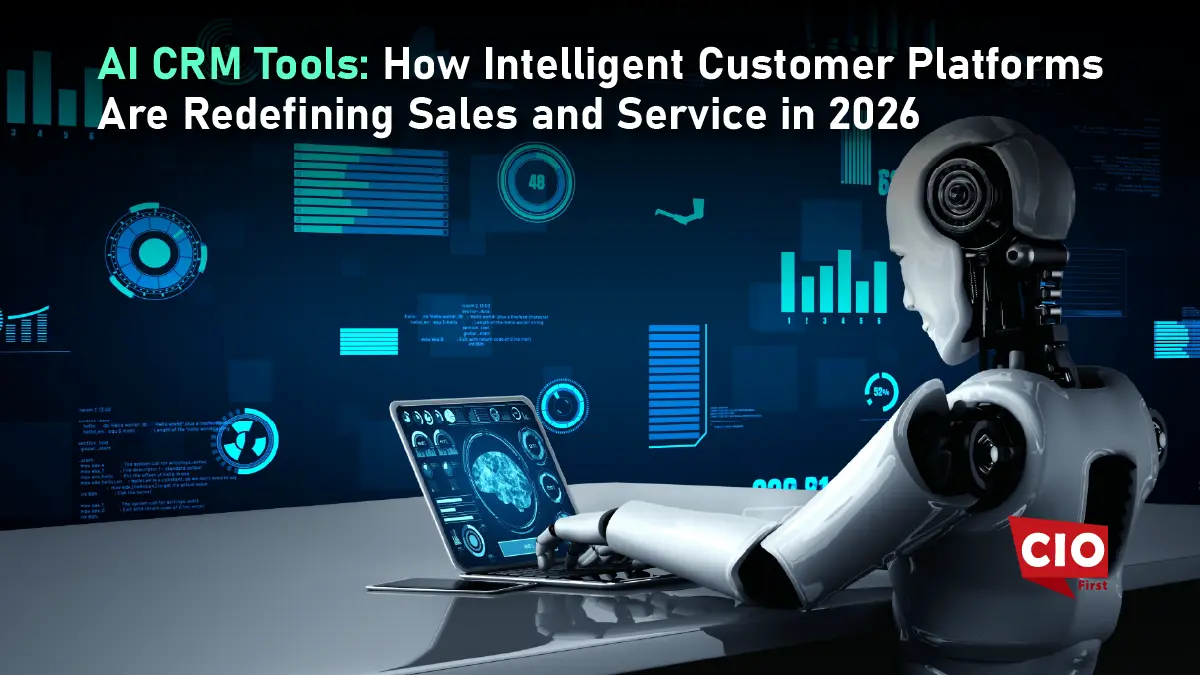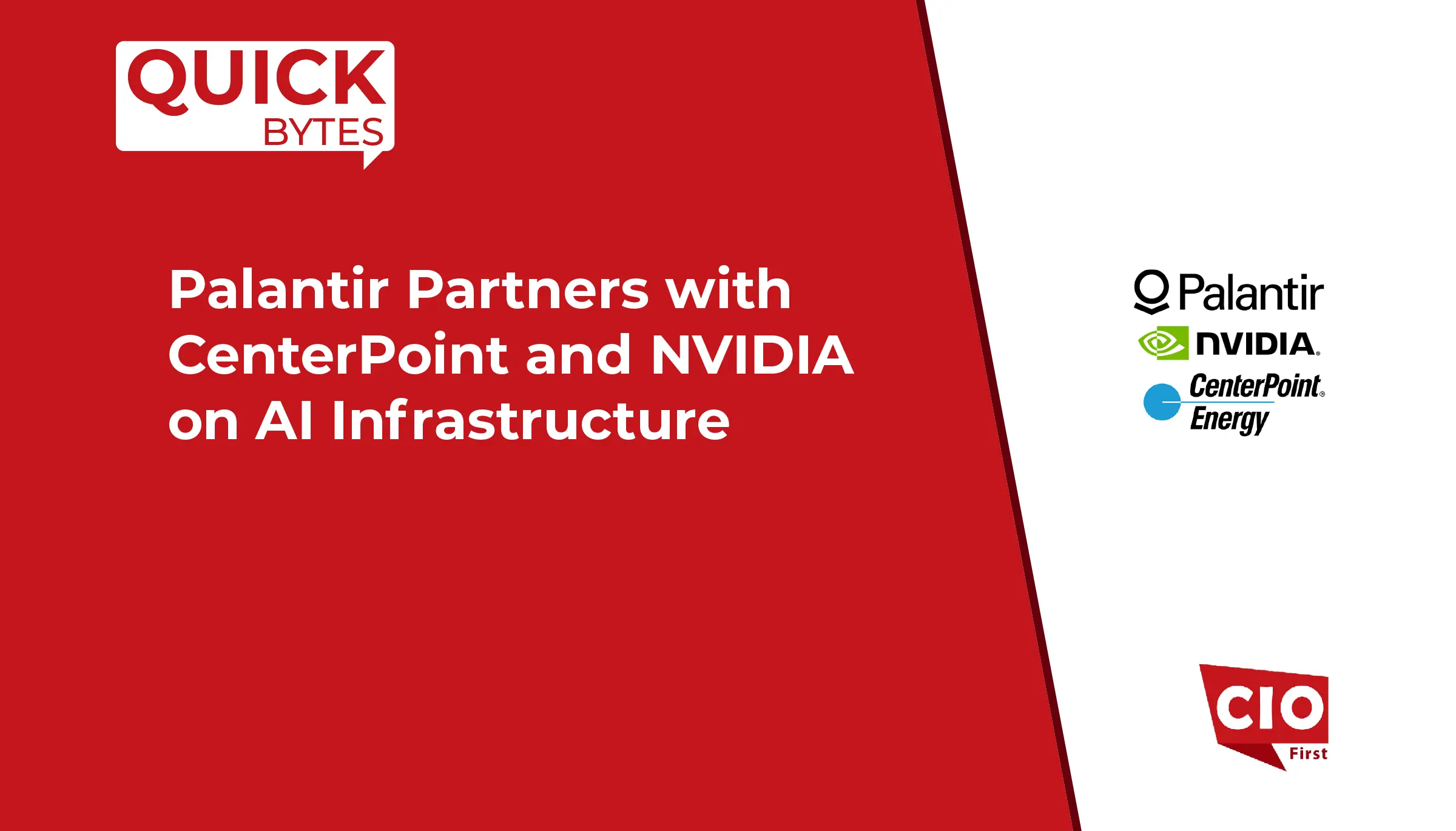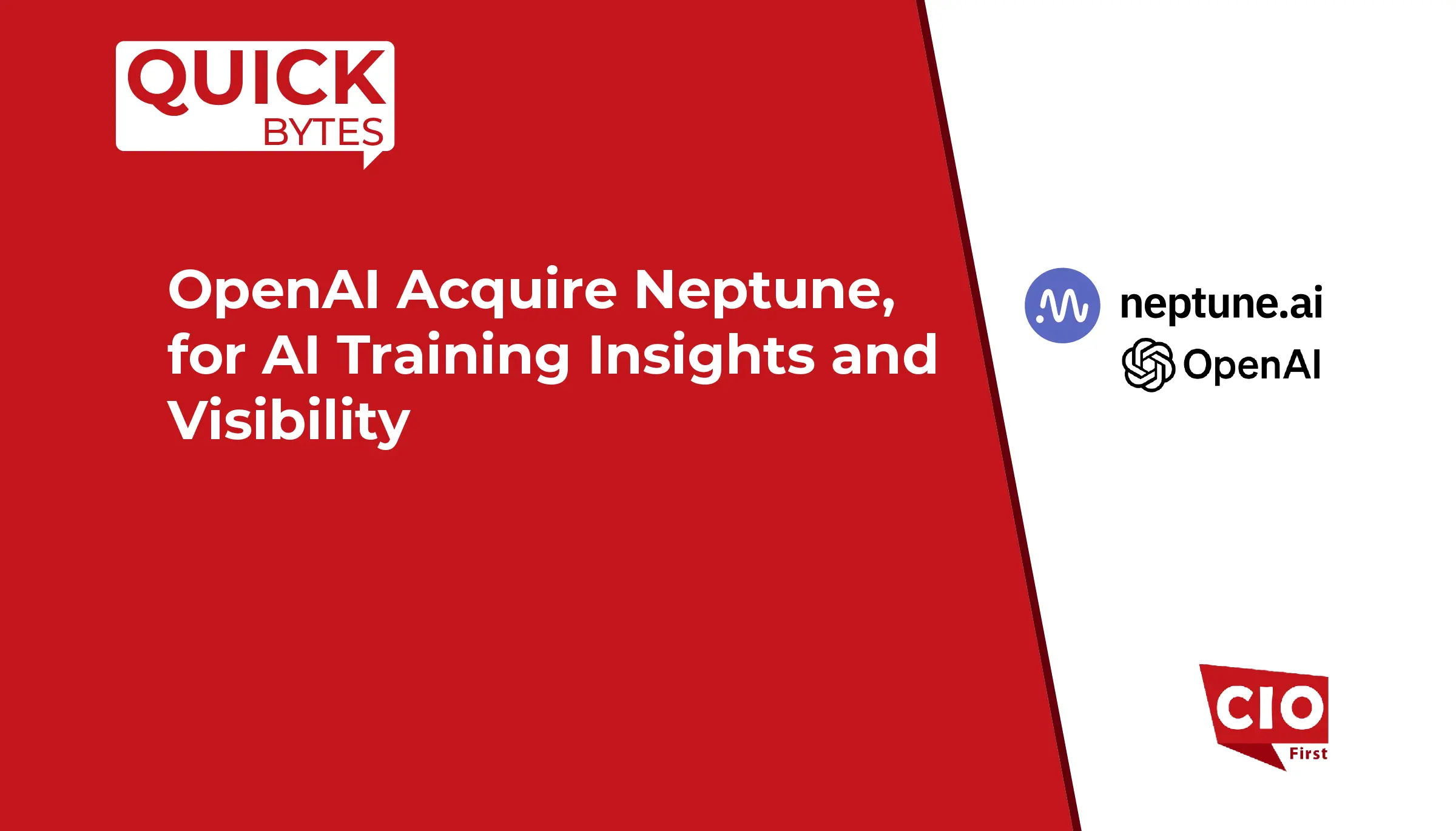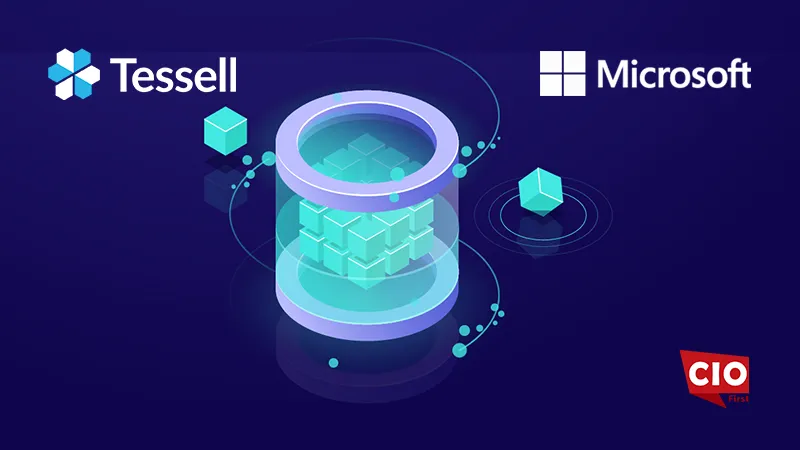BigPanda, the leader in agentic IT operations, announced a sweeping evolution of its offerings with the introduction of the BigPanda agentic IT operations platform. This powerful new set of capabilities is designed to help enterprises automate the manual and time-intensive workflows of ITOps and incident management.
This launch introduces two powerful AI solutions:
- BigPanda AI Detection and Response: An autonomous AI agent that is purpose-built to automate the manual detection and response work of Level 1 (L1) operations teams.
- BigPanda AI Incident Assistant: A real-time decision and automation partner for incident response teams.
Both solutions are powered by the BigPanda IT Knowledge Graph, which is purpose-built to enable an AI-first ITOps data strategy. The IT Knowledge Graph unifies structured IT data with unstructured organizational and human knowledge, such as chat and bridge call transcripts, that is often buried and siloed. This dynamic, intelligent data model forms the core of the BigPanda agentic IT operations platform. This intelligence allows enterprises to connect and automate the entire incident lifecycle across fragmented teams, including centralized Ops and decentralized DevOps teams.
“There are $200 billion worth of manual ITOps workflows that are ripe for intelligent automation,” said Assaf Resnick, CEO of BigPanda. “With agentic ITOps, we’re helping enterprises move beyond manual, slow incident management toward intelligent systems that free up talent and reduce operating costs.”
Also Read: RavenDB and QBS Software Announce Strategic Partnership to Expand NoSQL Innovation Across UK and Europe
Automating detection and response for operations teams
Industry analyst market share reports show that enterprises pour more than $200 billion each year into frontline L1 support. Incident response remains manual, slow, and challenging to scale, consuming resources for reactive support that could instead be focused on strategic innovation.
BigPanda is committed to eliminating inefficiencies by transforming reactive and manual workflows into intelligent, automated processes, powered by agentic AI. Agentic AI refers to a type of artificial intelligence that creates autonomous systems that can make decisions and perform tasks without constant human intervention. These systems, also known as AI agents, can adapt to changing environments, learn from experience, and collaborate with humans to detect, respond to, and prevent incidents at machine speed.
AI Detection and Response (ADR) automates L1 incident workflows by detecting issues early, diagnosing and investigating them with AI, and responding with machine precision. ADR continuously learns from operational history and real-time human feedback, and doesn’t require manual data curation or rules maintenance.
“Agentic IT operations is a complete reimagining of the L1 function,” said Fred Koopmans, Chief Product Officer at BigPanda. “Our AI doesn’t just detect, it understands. It acts. And most importantly, it learns from every incident to improve over time.”
Free strategic resources through AI Incident Assistant
AI Incident Assistant acts as a real-time AI partner for incident commanders, L2 engineers, SREs, and service owners to investigate and resolve incidents faster. It surfaces hidden institutional knowledge across siloed teams, tools, and systems to quickly uncover what’s happening, why, and how to fix it.
Teams can now reduce reliance on long bridge calls, eliminate unnecessary escalations, and generate lasting institutional knowledge from untapped sources like conversations, tickets, and chat threads.
“AI Incident Assistant helps our customers eliminate the chaos of complex incidents,” said Koopmans. “Instead of scrambling for answers, response teams get agentic support that anticipates needs, suggests actions, and documents outcomes.”
The differentiator: BigPanda IT Knowledge Graph
At the core of the BigPanda platform is the IT Knowledge Graph, a real-time intelligence engine that continuously ingests and connects data that is buried and siloed across a large enterprise. This includes various types of structured and unstructured data, such as machine telemetry, service tickets, change data, collaboration artifacts, runbooks, chat histories, and bridge call transcripts. Legacy IT systems and processes require highly structured and curated data. The IT Knowledge Graph uses AI agents that can learn from messy, incomplete, and informal inputs, mirroring how real-world teams operate.
“Traditional IT systems & processes only act on a narrow slice of observability or IT service management data,” said Resnick. “The IT Knowledge Graph gives our platform a panoramic view. It sees across silos, learns from institutional experience, and adapts in real-time, even when the data isn’t perfect.”
This breadth of context enables BigPanda to support use cases that traditional IT solutions simply can’t – from identifying incidents missed by monitoring to recommending resolutions drawn from chat threads and unlogged fixes.
“BigPanda represents a timely and transformative advancement for enterprise IT,” said Mike Cervasio, Global Practice Manager for Observability and AIOps at World Wide Technology. “By delivering scalable, enterprise-ready AI that integrates seamlessly into existing environments, BigPanda enables a fundamental shift in how organizations manage IT operations towards greater confidence, control, and agility.”
Source: BusinessWire








